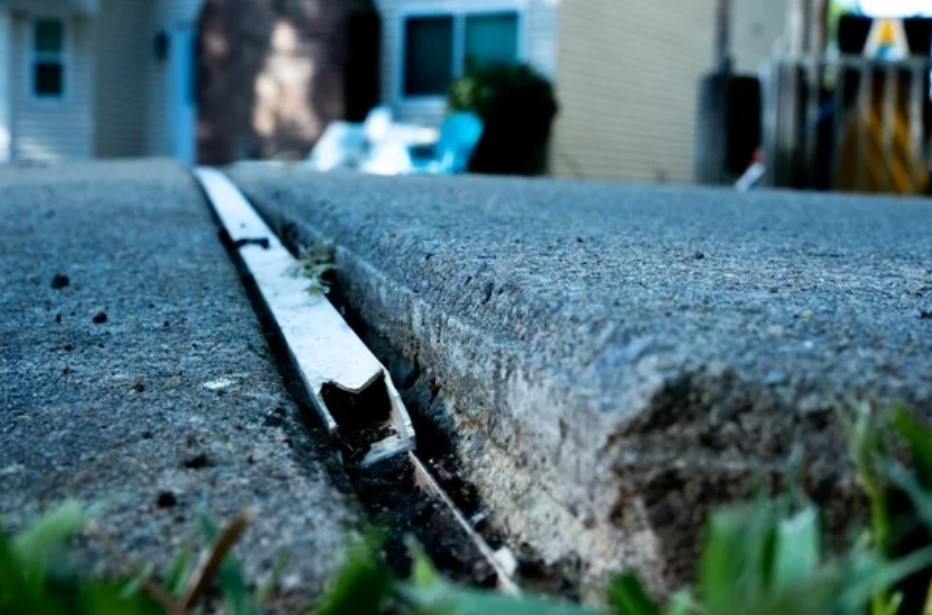
If you have a concrete slab patio, driveway, or porch that has settled over time, several options exist for how to lift concrete slab. The most common leveling technique is mud jacking, an old-fashioned technique.
A newer and more effective method is using polyurethane foam. It eliminates the need for a jackhammer and pump, allows for a much faster job with less labor, and is more environmentally friendly.
Preparation
The concrete slab is an essential part of your home’s structure. It is used for various purposes, such as the foundation of your driveway or outdoor living area.
Unlike other types of concrete, it must be well-prepared before it is poured. This includes removing debris and ensuring the ground beneath the concrete is level and smooth.
Next, a sub-base and base course is needed to support the concrete. Finally, the floor can help prevent water from wicking into the concrete through the capillary break.
It also helps stabilize the soil and will provide a sound footing for whatever structure you decide to put on top of the concrete.
To prepare the slab, hammer in timber pegs at 100 cm intervals to hold the formwork in place while you pour the concrete. Level the concrete with a spirit level and ensure the slab’s bottom is smooth before you set it in place.
Drilling
Drilling into concrete is a common practice that professionals will often use during construction and repairs. This allows unobstructed access to drains, electrical wiring, and telecommunication wires.
When drilling into concrete, keeping a steady, light-but-firm touch is vital. This way, you can be sure the bit will go straight without forcing it in.
Starting with a guide hole about 1/8 inch deep is also essential. This will increase the drill’s stability and make it easier to control the tool.
Once you’re comfortable with the guide hole, it is time to start drilling the actual spot. Again, begin at a low speed and work in short, controlled bursts until you reach the stop bar or scotch tape.
If the concrete is dense, you may need to back out the drill a few times to let it cool. Similarly, it would help if you tried to avoid hitting many stones in the concrete as this can damage your drill bit and make it hard to work with again.
Injecting
Injecting your concrete slab is a quick, minimally-invasive process that has your sidewalk, driveway, or pool deck fixed and ready to use in just a few hours. In addition, it’s a great way to repair an uneven concrete surface that could put you at risk for costly lawsuits or trip hazards.
A voiding filling foam is injected through penny-sized holes in the slab to fill any voids under the concrete quickly. As it expands, the foam also lifts and levels the slab.
Using these voiding filling foams for foundation repairs is much more effective and long-lasting than traditional mud-jacking equipment and materials. This is because the polyurethane used in a foundation injection is lightweight enough not to cause any additional soil compression that could lead to the sinking of a foundation.
It also provides a barrier against water penetration so that the foundation isn’t compromised by rainwater and groundwater. This makes it a perfect solution for many homes and commercial buildings.
Leveling
Leveling concrete slabs can be challenging, taking up much time and energy. However, this task is essential for several reasons, including safety and maintenance.
Uneven concrete slabs can cause trip hazards and accidents. This is especially true of concrete driveways, sidewalks, and patios.
There are several ways to level concrete slabs. One option is to use a foam-filled leveling compound.
Another option is to grind down the concrete. This requires a concrete grinder, which can be rented from most home centers.
To grind down a slab, find the high spots with heaves. These are the areas where the concrete is higher than the rest of the slab.
Once you’ve found the high points, you can grind down those sections to flatten the entire surface. This is an efficient and effective way to level a slab.






